 |
|
|
Drones offer new ways of gathering data that might have been impractical before.
Agriculture
|
||||||||||||||||||||||||||||||
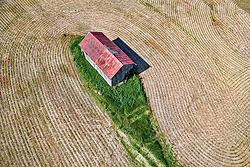 | |
For farmers, drones offer a cheap, easy way to see what's going on in a particular field at any given time and so decide what work is needed. This can allow the farmer to know for example if only one portion of a field needs weed killer or fertiliser or water. This means they need only use those things needed to solve a specific problem, leading to reduced waste of materials, reduced pollution and less wasted water. This is good for both the farmer by reducing costs and the local wildlife by reducing exposure to potentially toxic chemicals.
But UAV's can also be used by others to ![]() check what the farmer has been up to...
check what the farmer has been up to...
Public Safety inspections
Public Safety inspections
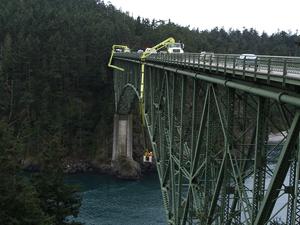 | |
If this was your job, would you rather use a UAV?Click to enlarge Photo CC WSDOT |
Drones may well become a valuable tool for public safety inspectors, by allowing a close up look at buildings and other structures that might be difficult or unsafe to get at, or very costly to check regularly.
For example, the Sellafield nuclear storage facility in Cumberland have ![]() asked scientists to develop a UAV to look at the contents of very old nuclear waste storage tanks that are too dangerous too inspect by hand.
asked scientists to develop a UAV to look at the contents of very old nuclear waste storage tanks that are too dangerous too inspect by hand.
![]() What other structures do you think could be better checked by the use of drones? Think about where they are, bad weather, height, needing to keep them in use all year round etc.
What other structures do you think could be better checked by the use of drones? Think about where they are, bad weather, height, needing to keep them in use all year round etc.
Rescue Services
Rescue Services
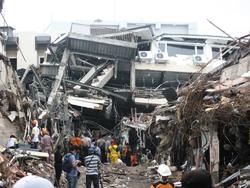 | |
Earthquake, Indonesia 2009. The hardest part of rescue is knowing where to look in wreckage that could collapse again at any time.Photo CC UN Development Programme |
Larger UAVs can carry cameras and infra-red detectors (to pick up body heat) over vast areas in the search for missing persons at sea or in a wilderness. Rescue missions using aerial surveillance become much more achievable when cheaper UAV technology is available.
Real-time information can be gathered in disaster zones by rescue services launching smaller drones to get a picture from above - ![]() BBC News
BBC News
Military researchers are trying to create ![]() UAV's the size of insects to quietly watch enemies. But the same tiny airborne cameras could also fly into collapsed buildings or other dangerous places, looking for survivors.
UAV's the size of insects to quietly watch enemies. But the same tiny airborne cameras could also fly into collapsed buildings or other dangerous places, looking for survivors.
Conservation & wildlife protection
Conservation & wildlife protection
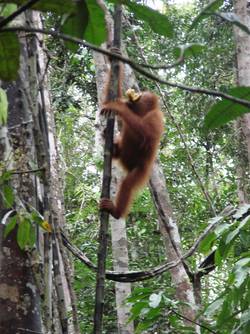 | |
First FIND your Orangutan! Pic CC Watchsmart |
In wildlife conservation work, one of the dull, difficult and most expensive jobs is simply finding and counting what you are trying to preserve. Another is watching out for illegal poachers. UAVs offer a cheap and effective way to monitor both.
![]() BBC - WWF helps to spot poachers in Nepal
BBC - WWF helps to spot poachers in Nepal![]() Counting Orangutan populations in Indonesian rainforests
Counting Orangutan populations in Indonesian rainforests
Police and crime detection
Police and crime detection
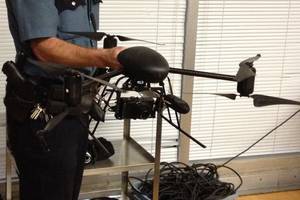 | |
An American Photo CC Wac6 |
Police forces have used drone technology to keep an eye on festivals but are also interested them to assist in undercover investigations. Miniature UAV's could be used to fly eyes and ears to places where criminal are up to no good.
Such observation does however carry many risks of the invasion of privacy.
Watch ![]() this report from the BBC (from 2m 35secs in).
this report from the BBC (from 2m 35secs in).


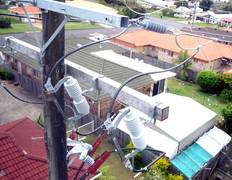
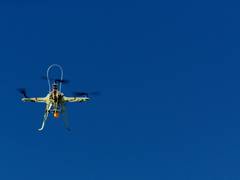
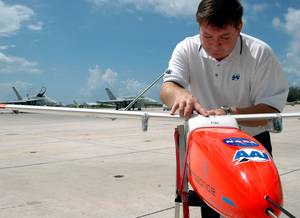
What's your opinion?
Average rating




Not yet rated